
How to Remix a Song Better than the Original
Remixing is mainstream these days. It’s gone from hip hop sample culture, to electronic music B-sides, to the classy heights of riffing on ‘Cash Me Ousside, Howbow Dah?’
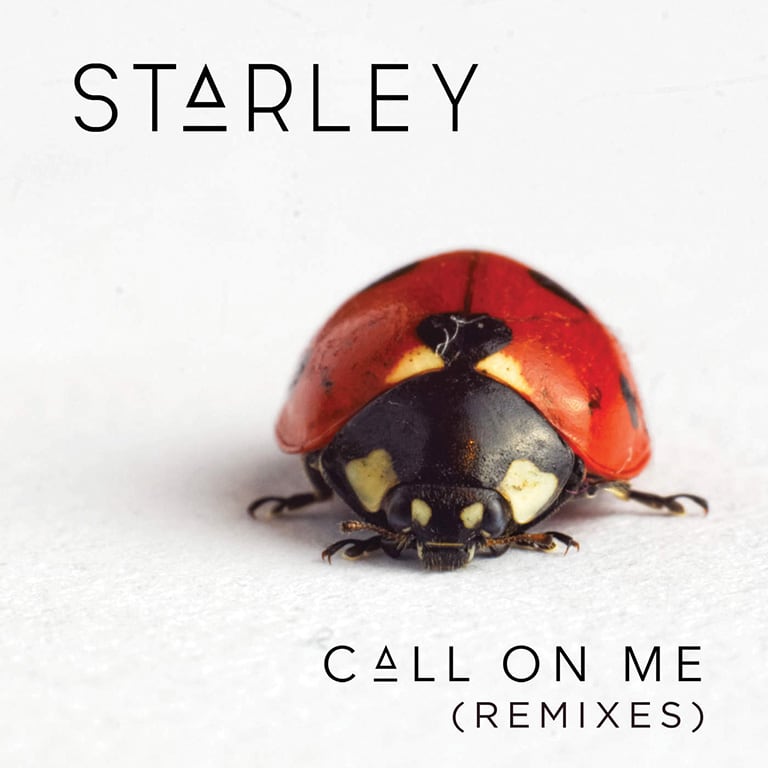
Artist: Ryan Riback
Album: Remix of Starley’s Call On Me
Remixing is mainstream these days. It’s gone from hip hop sample culture, to electronic music B-sides, to the classy heights of riffing on ‘Cash Me Ousside, Howbow Dah?’
Memes are remixes, and they’re almost always bigger than their source. So it should be no surprise when a bonafide commissioned remix of a song charts higher than the original. Occasionally the remix is so successful it becomes the de facto version of that song, even to a point where the original is barely referenced anymore.
That happened recently to young Sydney singer Starley, when Aussie Ryan Riback’s remix of her song Call On Me became a top ten hit in Australia and Europe, even reaching the number one spot in Sweden. It also prompted a video reshoot just for the remix which has netted 100 times more views than its predecessor.
The original tune was penned by Starley Hope and Peter Waddams (aka New Zealand’s P-Money). Waddams also produced it, with additional production by Brisbane EDM duo Odd Mobb. It’s a curious mixture of folk acoustic guitar, R&B programmed drums, bass, and keys, and typical EDM trappings like vocal stutters and a heavily treated vocal sample that overpowers the chorus vocal to such a degree that it ends up functioning as the main hook.
While it didn’t set the world alight, the single did well enough to get playlisted on most major radio stations and streamed millions of times. However, it wasn’t until DJ/producer Ryan Riback applied some magic ingredients three months later that it climbed the charts.
REMIX MEDICINE 101
In an echo of what happened in 2015, when Norwegian production duo Seeb stripped all the instruments from Mike Posner’s song I Took a Pill from Ibiza and turned the folky, acoustic-guitar-led singer-songwriter song into a worldwide EDM monster hit, Riback also stripped out everything but the vocal production, sped the track up, and added his own EDM arrangement.
“I was sent the original session as wav stems, and dropped those into Ableton,” began Riback. “I kept the structure of the original song, but soon switched to only listening to her a cappela vocals with the vocal production. I have this process where I go for walks and listen to a cappella vocals and wait for inspiration. These walks get me in the zone before I go to the studio. The moment I had a solid idea in my head as to where to take the song, I go to my studio.”
Seeb dramatically increased the tempo of I Took A Pill In Ibiza, from 74bpm to 102bpm. Starley’s song was already in the same chill-out zone, so Riback bumped it up a little to 105bpm. Next he wrote new chords and added piano parts, an organ, a bass, a few ear candy incidental sounds, and programmed new drums.
“The Seeb track was a really big inspiration for me,” said Riback. “This track is a bit similar in that I’m taking an awesome song and turning it into something with a dance vibe. I felt the tempo and acoustic guitars of the original were a little too chilled. So I upped the tempo, and tried to bring out the energy of her vocals in other ways. That’s why I went for big piano stabs, with samples from reFX’s Nexus 2, instead of the guitars. You could now either dance to the track or quietly listen to it. Once I had that, everything else fell into place.”
MIX OF A REMIX
Riback rarely formally mixes, preferring to get the sounds exactly as he wants them and balancing their relationship with the rest of the track as he goes. His ‘mix’ comes down to tweaking a few parameters during the last time he opens the session. “If I listen to my mix of Call On Me, I think that thousands of songs are better mixed,” reckons Riback. “But for some reason it works. I get the track to a point where I don’t have to fix anything anymore in the stems, and then send these to the mastering engineer. I may include a reference mix, but I always send the stems because it gives the mastering engineer more flexibility. Usually it comes back a bit more polished than what I did. The label then created a radio mix, which is simply a rebalancing of my stems.”
Starley now performs multiple versions of her song, sometimes Riback’s version and sometimes a blend of the two. And just as quite a few of the world’s greats started sending Seeb their tracks for a remix treatment, Riback has been asked to reinvent tracks by Fergie, Maroon 5 and others since his version of Call On Me made Starley a true star.

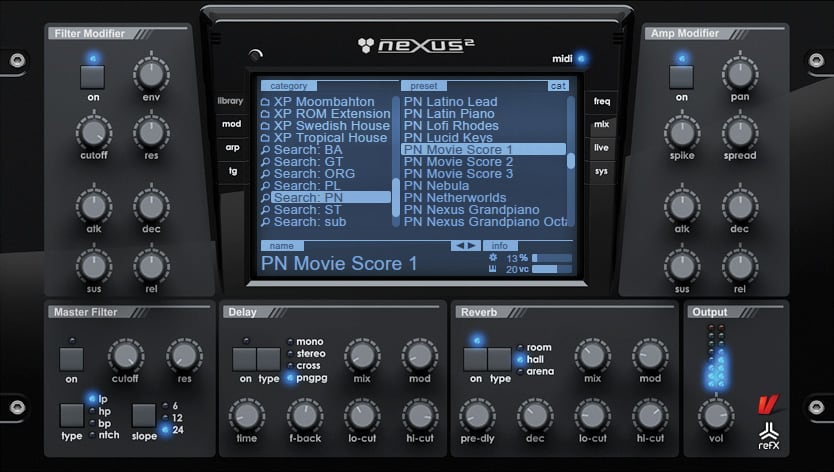
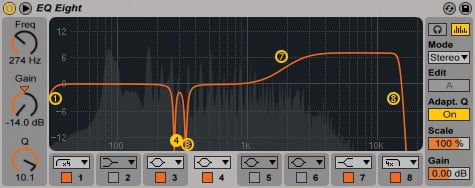
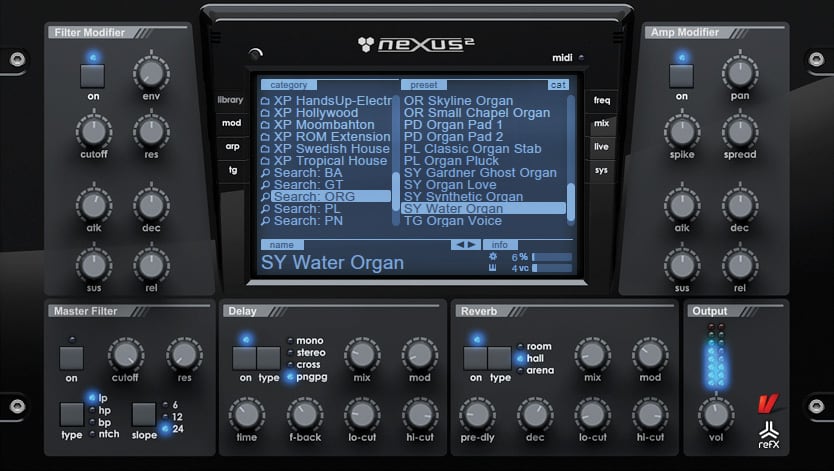
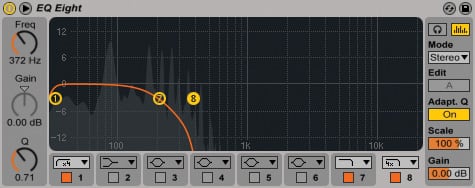






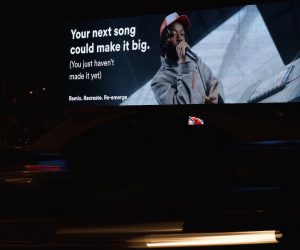
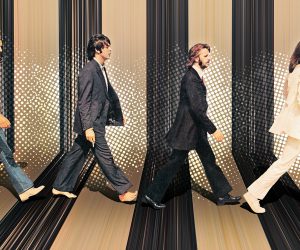

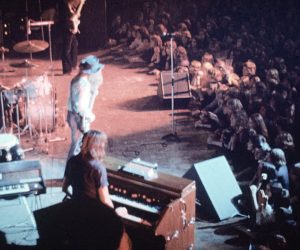
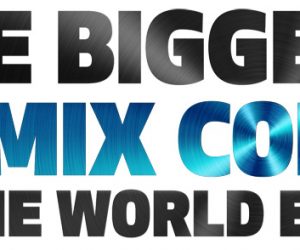







RESPONSES